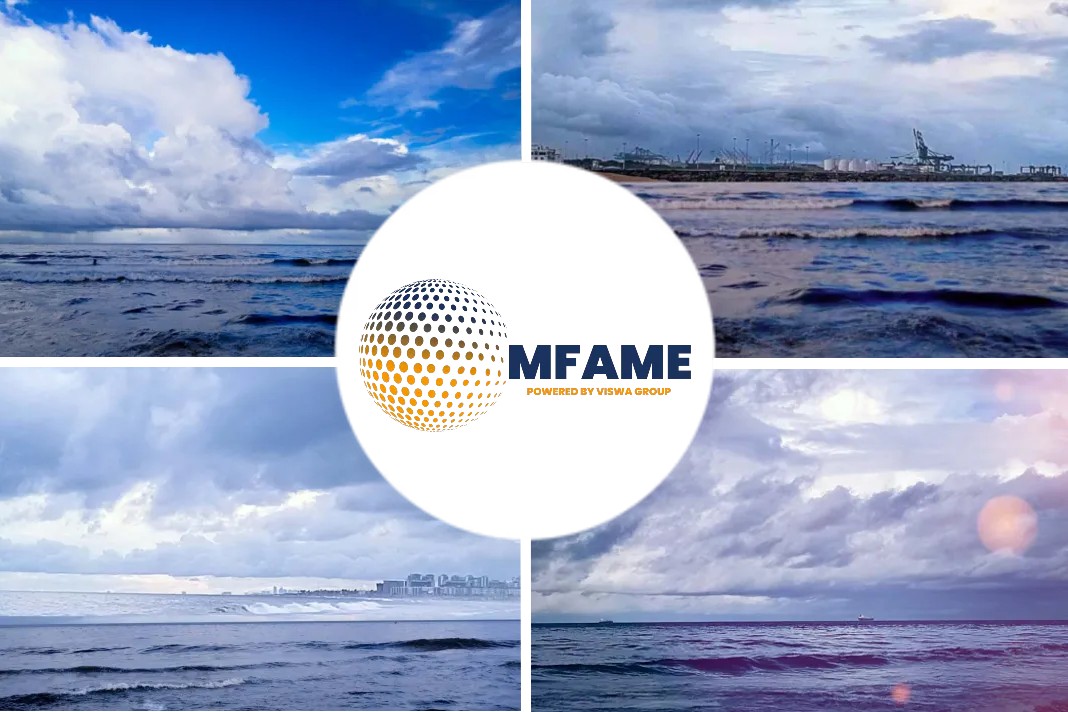
The role of data in maximising operational efficiency in shipping, reveals a Global Maritime Forum.
Maximising operational efficiency in shipping
How can data and digitalisation bring new insights to operational efficiency in shipping and help capitalise on the opportunity presented? Our new Insight Brief explores this question as part of a series that examines the undervalued opportunity presented by operational efficiency.
How can data and digitalisation bring new insights to operational efficiency in shipping and help capitalise on the opportunity presented? This paper explored this key question as part of a series that examines the undervalued opportunity presented by operational efficiencies to reduce shipping emissions in the short term and pave the way for long-term decarbonisation solutions.
A series of meetings and workshops
The learnings presented here emerged from a series of meetings and workshops gathering perspectives from experts across the maritime value chain—shipowners, operators, charterers, ports, classification societies, and NGOs—as part of the Short Term Actions Taskforce. Other papers in the series provide an overview of the issue, and dive deeper into the identified solutions and enablers: scaling up pilots, legal and contractual changes.
World trade is more than 30 times greater now than it was in 1950. And while there has been incredible innovation in the global transportation of goods, maritime trade is still at the beginning of its decarbonisation journey. Three types of operational optimisation—speed optimisation, capacity utilisation, and voyage optimisation—each provide between 10%-24% increase in operational efficiency. If standardised environmental performance data were more accurate, greenhouse gas (GHG) emissions could guide operational decision making for ship owners. When more accurate data is made transparent and readily available, it can inform investment and operational decisions by charterers, and ports, as well as becoming a major criterion for industry decarbonisation targets, trade deals, and negotiations.
There is an adage in business: “What gets measured gets managed”. This is especially true for strategic transformations like reducing emissions, for which measurable success criteria are essential. Measuring success means to create transparency and an understanding of reality at scale. This in turn is only possible if data is collected, analysed and interpreted at scale. Collecting data not only allows us to understand historic trends and slice-and-dice those into categories of interest, but it also unlocks predictive and prescriptive modelling with machine learning and AI. Such methodologies are critical to simulate future trends and apply mathematical optimisation to find the best business decisions to make that maximise success metrics.
Measure every vessel’s performance
The first step needs to be making it possible to measure every vessel’s performance as frequently and accurately as possible. While there are ways of quantifying carbon intensity such as the Energy Efficiency Operational Indicator (EEOI), it is difficult to capture the full picture. The Carbon Intensity Indicator (CII) of the International Maritime Organisation (IMO) is a good example of this. While it introduces a global, easy-to-understand reference that brings much needed attention to operational efficiency in shipping, it has been met with criticism from many quarters for not including the actual cargo transported.
Furthermore, there are efficiency gains with regards to scaling that are not captured through the current indices: The same cargo will have a very different carbon footprint depending on whether it is transported by two smaller vessels or one large vessel. An additional discrepancy with the EEOI and CII efficiency measures is that they reward long haul shipments over short haul shipments, whereas short haul voyages have lower GHG emissions per tonne cargo moved than long hauls.
There could be around 10% of latent performance improvements2 ready to be unlocked today through voyage optimisation. Given this context, and as the industry becomes more data-centric in general, there is a requirement for reliable, useful, and complete data to enable these optimisations to take place. In short, the industry has matured and data needs to as well. As the sector moves to rapid decarbonisation, the industry needs the right data to enable this transition.
Did you subscribe to our newsletter?
It’s free! Click here to subscribe!
Source: Global Maritime Forum


















